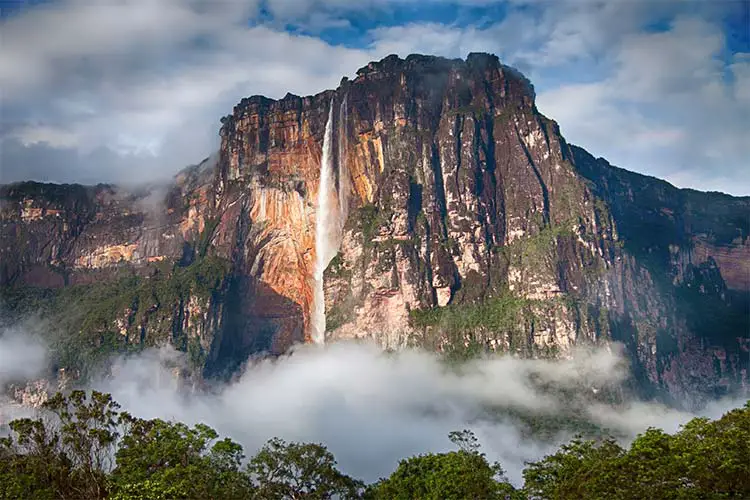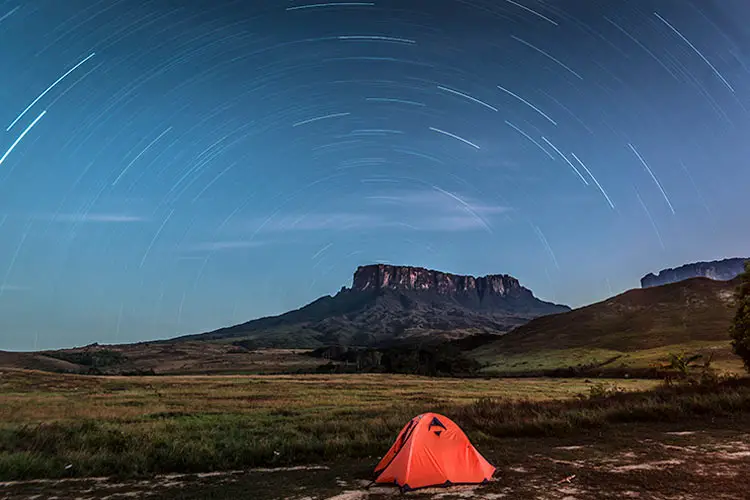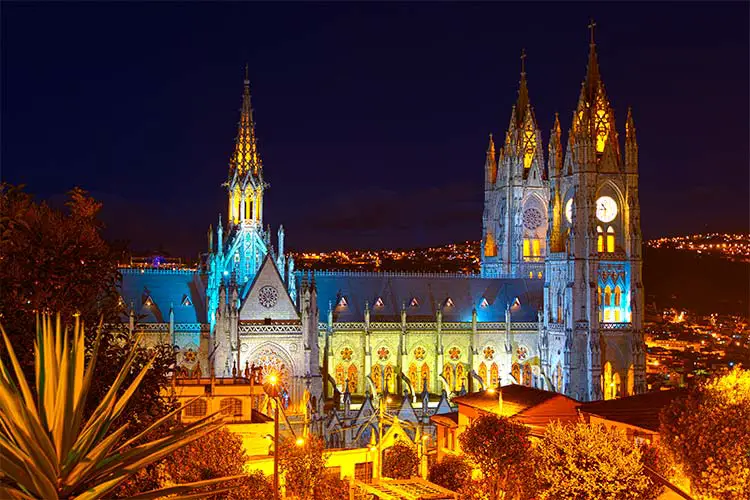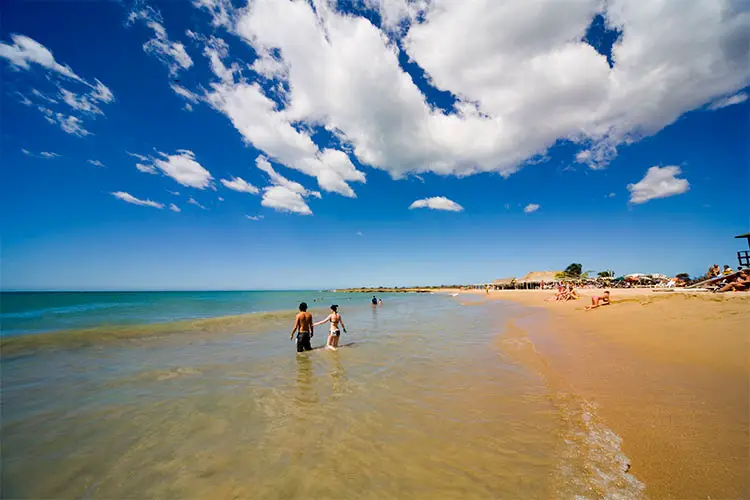Northern South America
The lush rainforest and friendly people of Northern South America are just the tip of the iceberg of reasons one should visit this region in their lifetime. The region traditionally includes Columbia, Venezuela, Ecuador, Suriname, French Guiana, and Guyana. Due to its close proximity to Earth’s equator, Northern South America developed tropical, resource-heavy lands in response to the constant heat and moisture. The native peoples of the area first recognized the benefits of this type of climate and developed vast empires. The arrival of the conquistadors from Spain utterly decimated the native peoples of Northern South America, and even today the language, cuisine, and other cultural habits of Northern South America draw largely on their former Spanish rulers.

However, since the region began to earn autonomy in the 19th and 20th centuries, a culture unique to the area has flourished. Unfortunately, the continued political unrest and meddling of foreign powers have left the area largely impoverished. This periodically makes sections of Northern South America unwise to travel through, though by and large, the vast majority of the region is quite safe and open for travel. Furthermore, the area’s relatively poor economies make prices fairly cheap for travellers. This, combined with the area’s lovely natural vistas and climate, has caused a recent rise in tourism, which in turn has begun to improve conditions in most of the more popular tourist spots, and today there are even luxury resorts one can frequent in the northern countries of South America.

Northern South America Highlights
Quito, Ecuador
Though the rainforest is a definite must-see for travellers in Northern South America, in actuality most of the heavily populated areas lie in the temperate climates of the northern Andes Mountain Range. It is here that Quito, the capital of Ecuador, lies. This lovely city definitely deserves a special mention, as its frankly one of the nicest capital cities in all of South America.
The people of the city are quite friendly and willing to help out travellers, and the city has made huge strides in the last twenty years to modernize. This effort not only included the building of new infrastructure and facilities, but also the encouragement of local cultural treasures such as Las Penas, the city’s artistic capital. We also recommend visiting Iguana Park, where vendors sell mango slices you can hand-feed to the iguanas, most of which are several feet long. It’s quite an experience.

Margarita Island, Venezuela
Outside of the cities, many travellers in Northern South America enjoy the region’s numerous beaches. Those surrounding Margarita Island in Venezuela have a particularly astute reputation. While one can still find occasional stretches of untouched beach, these areas have largely become tourist hotspots with thriving businesses and an upbeat nightlife scene. While visiting beaches such as the Playa el Agua definitely doesn’t qualify as relaxing, you’re bound to meet a plethora of locals and fellow travellers for an experience you won’t soon forget.

Northern South American Food
Though modern Northern South America ships much of its food from outside sources, traditionally the dishes of the region varied wildly depending on the region. Near coasts and in the rainforest, fish were particularly important, and even today this dish can be found commonly throughout the region. Local people largely rely on corn as their staple grain, supplemented by potatoes and fresh fruits. Chicken is also consumed commonly throughout the area. The food of this region focuses on simple flavours and fresh ingredients.

Wildlife in Northern South America
The huge diversity of types of ecosystems blessed Northern South America with a massive variety of wildlife. In the tropical sections, wildlife is incredibly abundant. Travellers typically come across monkeys, snakes, tropical birds, and tropical fish on a regular basis. Furthermore, the plant life in the tropics is astounding; in fact, plant life can get so dense, most botanists agree that numerous undocumented species likely exist throughout the region. The huge variety of wildlife helped promote the upswing in tourism in Northern South America and has cemented the area as one of the most biodiverse regions in the world; a quickly developing ecotourism hot-spot.

